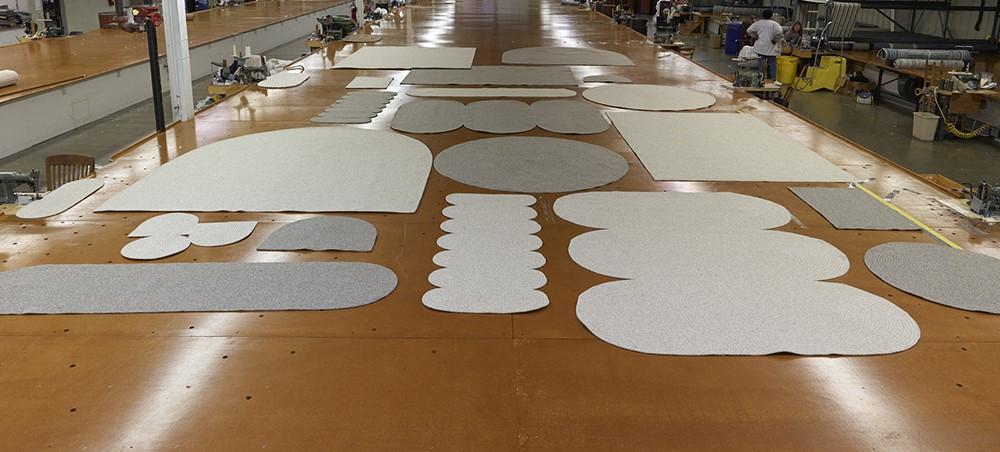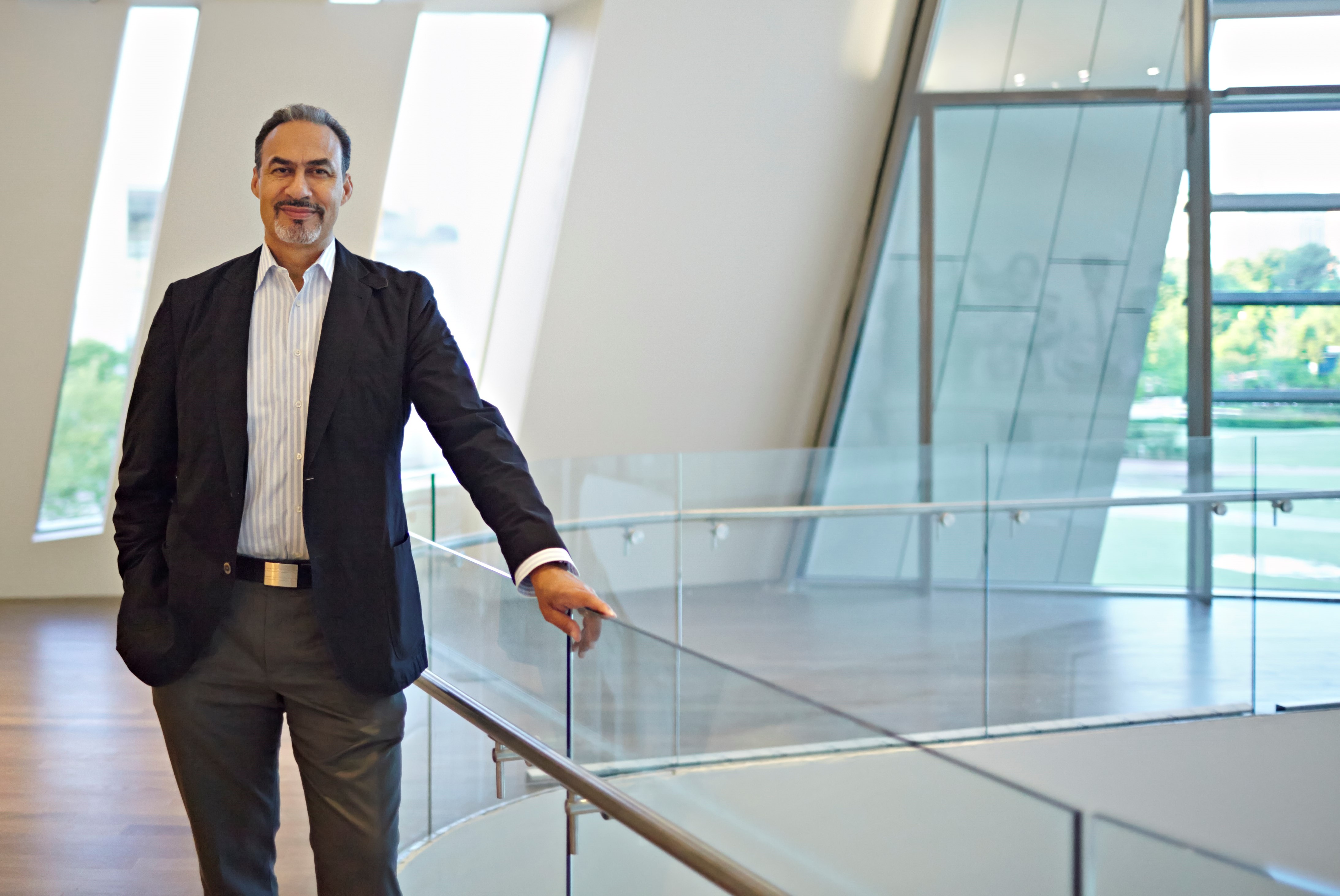It’s a wonder that anything at all gets done in the workplace these days.
Longer hours, smaller spaces and new, distracting technologies are taking their toll in offices coast-to-coast.
“Only one in four workers feels like they’re in an optimal environment,” says Janet Pogue, a principal in Gensler’s workplace practice area. “Workplace effectiveness dropped six percent between 2008 and 2013.”
She should know. She’s been instrumental in developing each of Gensler’s Workplace Surveys since 2008. During the past 29 years, she’s also been involved in designs for the General Motors Renaissance Center in Detroit, Goodyear’s headquarters in Akron, and now a renovation for the GSA at 1800 F Street in Washington, D.C.
“It’s a whole city block, and a building that’s 100 years old,” she says. “There are long corridors with doors, and secretarial areas for private offices – it’s about how to make space work better for an organization.”
As she works toward that goal, she’ll have at hand Gensler’s 2013 Workplace Survey, which the firm released today. And she’ll be able to focus on that one in four whose work life is in balance, and why.
The balanced group outperformed other groups in learning and socializing. Twenty-nine percent felt like they were more innovative that the non-balanced group. And their job satisfaction was up 36 percent.
“What do they have that everyone else doesn’t?” she asks. “They’re able to focus, and prioritize collaboration.”
Part of that is because of their environment, and their ability to build social capital at work. In the past, a third of workers’ time was in collaboration mode, but that’s dropped to a quarter. “There are so many distractions, and the space itself is not as effective as it used to be,” she says.
The whole idea of when and where to work is also in play, whether in the office or the occasional day at home. Big, scheduled meetings are less common these days, so the large conference room is no longer in big demand. Small spaces are more popular.
“Sometimes you need a change in venue,” she says. “If you’re in an open plan, getting up and going to a focus room is important – they need to be available when needed.”
In the new GSA project – aimed at accommodating the needs of 4,500 workers in a space originally designed for 2,300 – dedicated desks will no longer be the norm. Instead, most workers will reserve one only when needed. “Technology means that they’re up and about – they’re internally mobile, but they’re not always at a desk.”
So it should come as no surprise that Pogue does not refer to her new project as a building or even a renovation.
No. Instead, she calls it a “mobility program.”
And it may be the wave of the future.
For more information, go to www.gensleronwork.com
[slideshow id=968]


